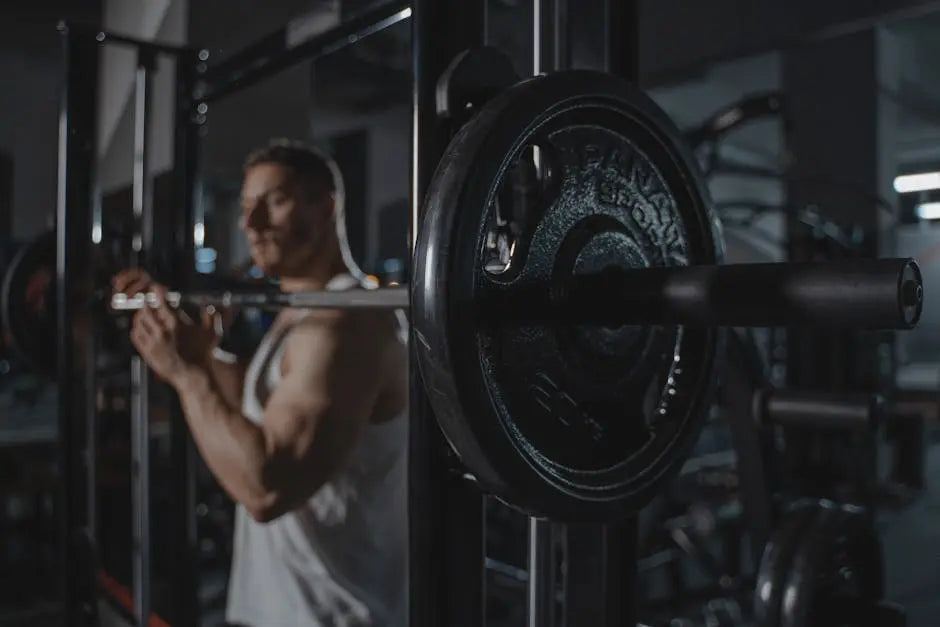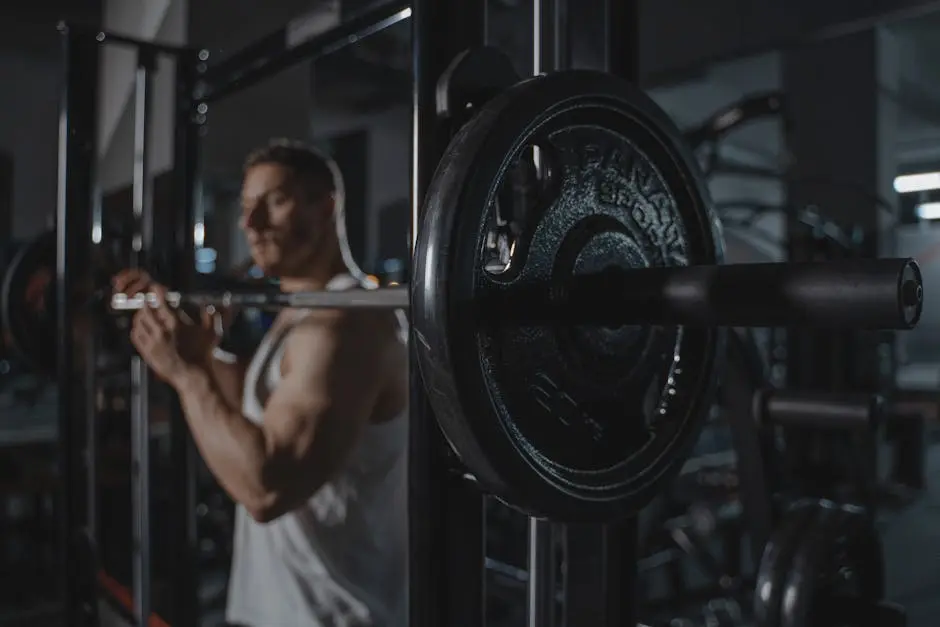
What Materials Are Used in Olympic Barbells for Optimal Performance?
Share
Olympic barbells are a quintessential part of weightlifting and strength training, designed to support extreme weight and maintain durability over time. But have you ever wondered what materials make these barbells so exceptional? In this FAQ blog, we will dive into the components that contribute to the optimal performance of Olympic barbells.
High-Tensile Alloy Steel: The Backbone of Strength
At the heart of every high-performance Olympic barbell lies alloy steel, a material renowned for its impressive tensile strength. Alloy steel provides an optimal balance between strength and flexibility, essential for withstanding the intense loads that occur during heavy lifts. The flexibility of alloy steel is particularly important; it allows for the bar to slightly bend under stress, which can help prevent the bar from snapping. This feature makes it a trusted choice for both professional weightlifting competitions and everyday gym training sessions.
The tensile strength of a barbell largely influences its performance and safety. High-tensile alloy steels used in Olympic barbells can sometimes achieve a yield strength of over 190,000 PSI, ensuring they do not permanently deform under the intense pressures of weightlifting. This high level of resilience makes alloy steel the ideal material for those aiming to push their lifting boundaries safely.
Nickel and Chrome Coatings: Enhancing Durability
Coatings play a crucial role in the longevity and appeal of Olympic barbells. Nickel and chrome are frequently applied to the barbell’s surface, serving dual purposes of protection and aesthetics. Not only do these coatings provide a barrier against rust and corrosion, but they also lend a sleek, polished look to the equipment, which is highly appealing in both professional and home gym settings.
The importance of barbell coatings cannot be underestimated. By acting as a protective layer, nickel and chrome prevent moisture and other corrosive agents from reaching the underlying steel, significantly extending the barbell’s life span. For anyone investing in quality gym equipment, such durability is a key consideration, ensuring that the investment is sound and that the equipment remains functional and attractive over time.
Knurling: Ensuring a Secure Grip
Knurling, the textured crosshatch pattern found on the grips of a barbell, is more than just a decorative touch; it’s an essential feature for optimizing grip. This pattern allows lifters to maintain a secure hold on the bar, even in conditions where hands may become sweaty or fatigued. The precision of knurling varies across barbells, with some designed for more aggressive grip features to suit different lifting needs.
By providing a reliable and secure grip, knurling also plays a vital role in enhancing safety during lifts. When choosing a barbell, the feel of the knurling should be tested to ensure it matches your grip preference and lifting style. Whether you prefer a softer or more aggressive knurl, the right choice can make a significant difference in your overall lifting experience.
Bushings and Bearings: Facilitating Smooth Rotations
Bushings and bearings are pivotal components in Olympic barbells that facilitate smooth rotation of the sleeves. By allowing for a controlled spin, these elements reduce the torque transferred to the lifter’s wrists and elbows during dynamic lifts. Such a feature is particularly beneficial in Olympic lifts, where rapid and forceful movements are common.
The choice between bushings and bearings can impact the lifter’s experience. Bushings, typically made from materials like bronze, offer a steady and controlled sleeve rotation, ideal for those engaged in powerlifting. Bearings, on the other hand, provide a faster spin, making them suitable for Olympic weightlifting where speed is critical. It is important to select a barbell with the right rotation system that aligns with your training goals to ensure maximum effectiveness and comfort.
Choosing the Right Olympic Barbell: What Matters Most
Understanding the materials used in Olympic barbells can help athletes and enthusiasts alike make informed decisions about their equipment. From the tensile strength of alloy steel to the grip-enhancing knurling and protective coatings, each element plays a crucial role in performance and safety. By choosing the right combination of materials, lifters can maximize their training potential while ensuring longevity and reliability in their barbells.

